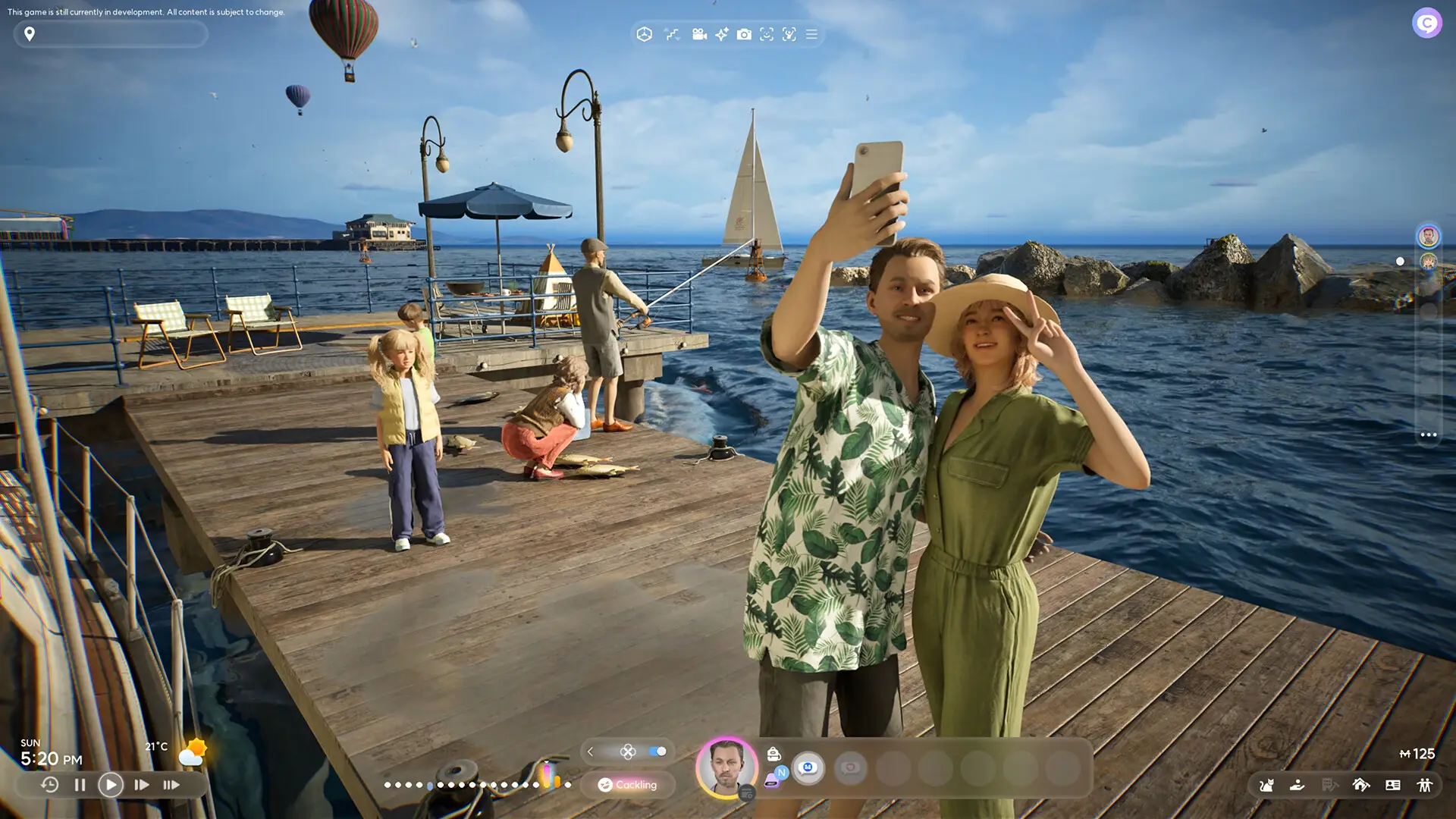Life simulators often aim to replicate the complexity of human nature — a task that’s proved challenging across all forms of media. With inZOI, Krafton attempts to capture that intricate experience using striking visuals, a robust character creation suite, and creative social mechanics. Yet, despite these promising elements, its Early Access version feels like a collection of unfinished thoughts that never fully coalesce into something deeper.
A New Kind of Overseer
Rather than placing the player in the role of a deity, inZOI positions them as an intern at a mysterious corporation known as AR Company. From a sleek tablet interface, players manage alternate realities inhabited by digital beings called Zois. These characters are sculpted from scratch, shaped by defined personality traits and life goals before being set loose to study, work, fall in love, and raise future generations.
inZOI’s inspiration from The Sims is unmistakable, but over time, its differences begin to surface. Krafton seems eager to experiment with what defines digital life, and the ambition is apparent — even if the result is uneven.
Creating Life: Customization and Character Design
Before influencing their world, players must craft their Zois using inZOI’s extensive customization tools. Names, gender, age (ranging from Child to Senior), and a core Trait define the foundation of each Zoi’s personality. Traits like “Charmer” or “Adventurer” shape both strengths and weaknesses — one may thrive in romance but linger in sadness, while another might be easily thrilled yet prone to boredom.
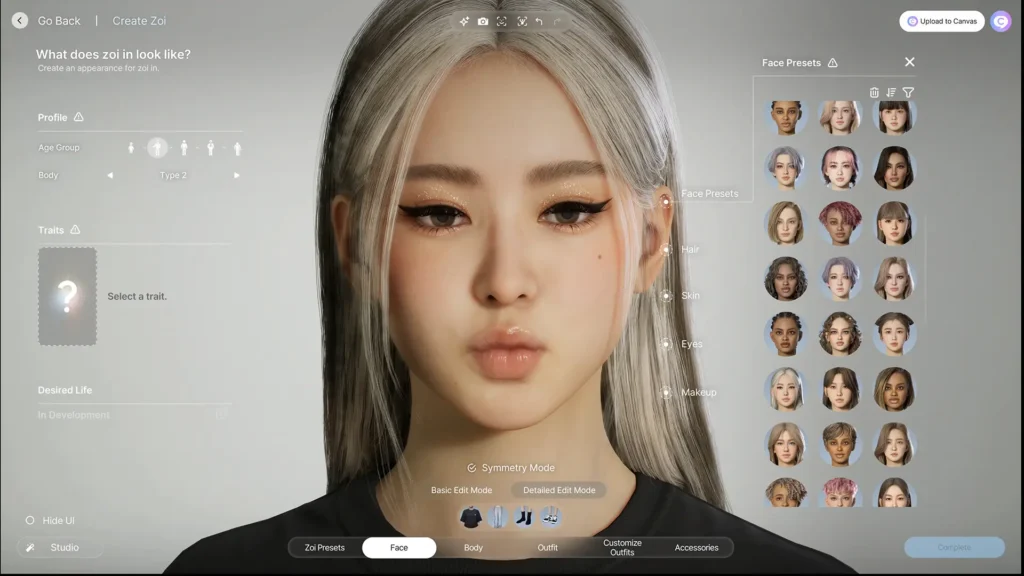
Additional preferences such as a fondness for coffee or an aversion to bathing add variety, though in practice, Zois often behave similarly regardless of these layered personality features.
As one delves into physical customization, facial sculpting tools and symmetry options allow for detailed and even outlandish designs. There’s an impressive array of editing points, makeup options, skin details, and hairstyles with adjustable length and color. This level of depth makes character creation arguably inZOI’s standout feature, showcasing Krafton’s dedication to player freedom and creativity.
Style and Wardrobe Options
Beyond facial features, each Zoi needs a wardrobe — and here too, customization is thorough. Players style nine outfits per Zoi, including everyday wear, swimwear, sleepwear, and more. The clothing options draw from both current fashion trends and timeless staples, with a notable addition: the Craft menu. This feature enables the modification of clothing details such as sleeves and necklines. While not groundbreaking, it enhances variety within the relatively modest clothing catalog.

Settling into the World
Once the family is complete, players choose from two starting locations: Bliss Bay, a sunny coastal town reminiscent of Santa Monica, or Dowon, a metropolis inspired by Seoul. Each includes prebuilt homes and open lots, along with a handful of public venues. Initially impressive, these environments gradually reveal their limitations.
Despite attempts to create vibrant, lived-in cities, the world can feel repetitive and lifeless. Amusing references to real-world franchises provide charm, but Zois often behave in robotic, oddly synchronized ways. Watching groups of them perform identical actions or sprint to the same location contributes to a surreal atmosphere that feels more voyeuristic than immersive.
Build Mode: Creative Yet Clunky
The Build Mode mirrors the depth found in the character creator. Players can design homes from scratch or modify prefabricated structures using a broad selection of walls, windows, textures, and furniture. Customization extends to home décor and even allows furniture crafting, offering possibilities like combining a mushroom lampshade with copper piping for a whimsical “funguspunk” light fixture.
Unfortunately, a cumbersome user interface frequently disrupts the creative flow. Issues with object placement and room adjustments often force a shift from ambitious designs to more functional layouts.
Daily Life: Managing Needs and Motivations
Maintaining a household means managing each Zoi’s needs, such as hunger and hygiene, along with Urges (short-term desires) and Ambitions (long-term goals). Completing tasks offers mood benefits and guides players toward lesser-known gameplay features.
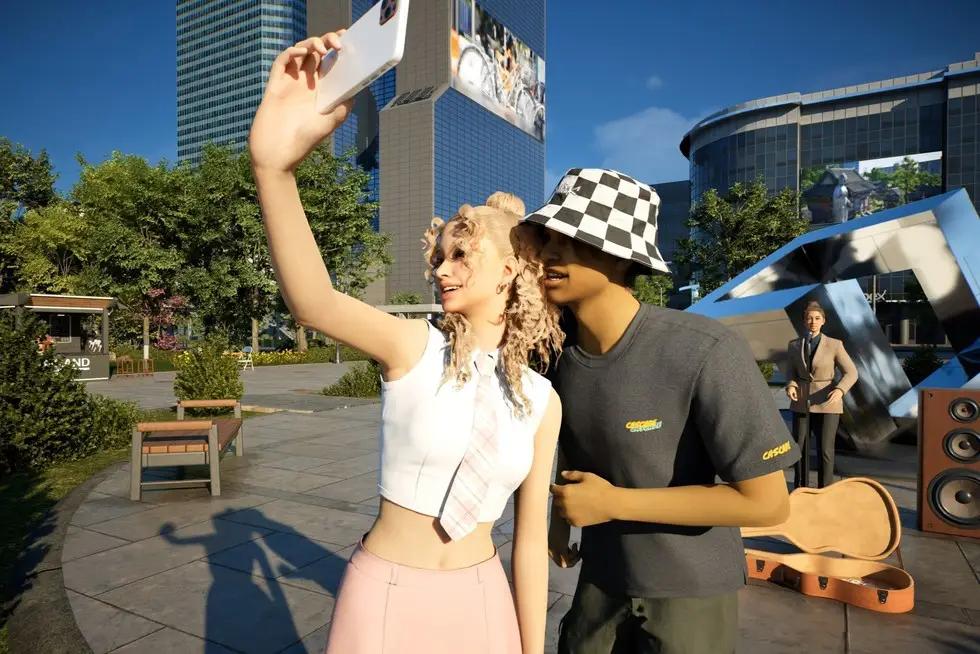
The Zoi Card interface provides quick access to each character’s stats, including Skills gained through activities and evolving Values shaped by life experiences. For instance, one Zoi developed “Love” as a core value after becoming a parent. These systems offer potential, but the rewards often feel superficial.
Progression Without Payoff
Despite these layers, progression in careers or education feels hollow. Zois complete work or school tasks autonomously, minimizing player influence. Even major life events, such as marriage or childbirth, occur with little fanfare or emotional depth. In one case, a newborn was left unattended minutes after birth, a symptom of the broader lack of emotional resonance.
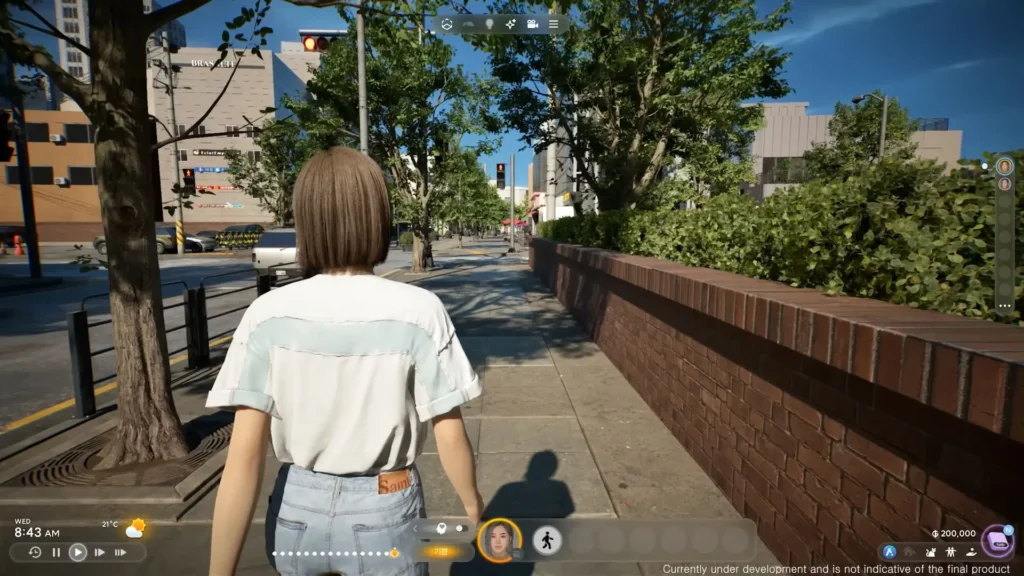
Although Zois display emotions and react with believable animations, these rarely translate into meaningful behavioral changes. The illusion of depth doesn’t hold up under scrutiny, and much of the gameplay feels like busywork with limited narrative payoff.
Karma and Chaos: A Glimmer of Fun
inZOI’s Karma system is a bright spot in its design. This mechanic rewards or punishes Zois based on their moral choices. Kindness may lead to unexpected windfalls, while secret acts of mischief — like inappropriate flatulence — can lower Karma and trigger consequences.
Ironically, many Zois tend to misbehave when left unsupervised. Managing a household can often resemble chaotic babysitting, with Zois stealing, arguing, or causing public scenes. These unpredictable moments echo the quirky charm that fans of the genre often crave and inject the world with much-needed personality.
The AI Element
Krafton’s partnership with Nvidia brings generative AI to the forefront, particularly in Build Mode and character design. Players can generate textures using custom prompts, and the inclusion of AI seems to extend to in-game signage and conversations. The dialogue, however, often feels stiff and oddly impersonal. Conversations may veer into strange, irrelevant territory — including crypto or AI discourse — which breaks immersion and weakens relationship-building mechanics.
Final Thoughts
inZOI, while far from polished, is a visually impressive and feature-rich life simulator in its Early Access stage. Its character creation tools and building systems provide extensive opportunities for self-expression, and the Karma system adds dynamic, often humorous, consequences to player choices.
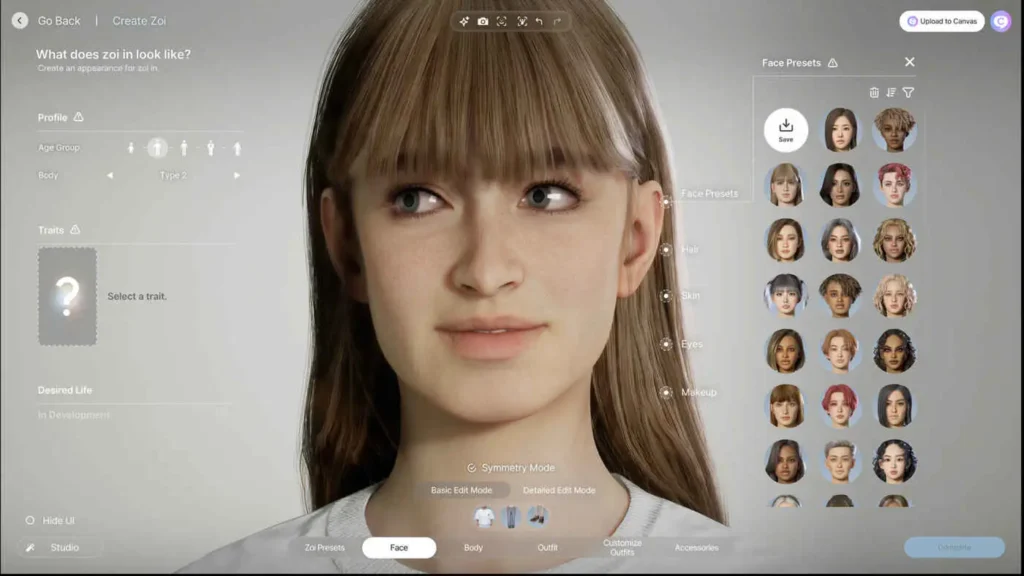
However, the experience lacks emotional depth and consistent progression. Environments can feel artificial, character behavior is often robotic, and major milestones carry little weight. While the foundation is promising, much work remains to realize its potential. For those who enjoy crafting detailed dioramas and exploring complex customization tools, inZOI offers plenty to tinker with. But players seeking emotional engagement or nuanced simulation will need to wait for future updates that bring the world to life in more meaningful ways.
